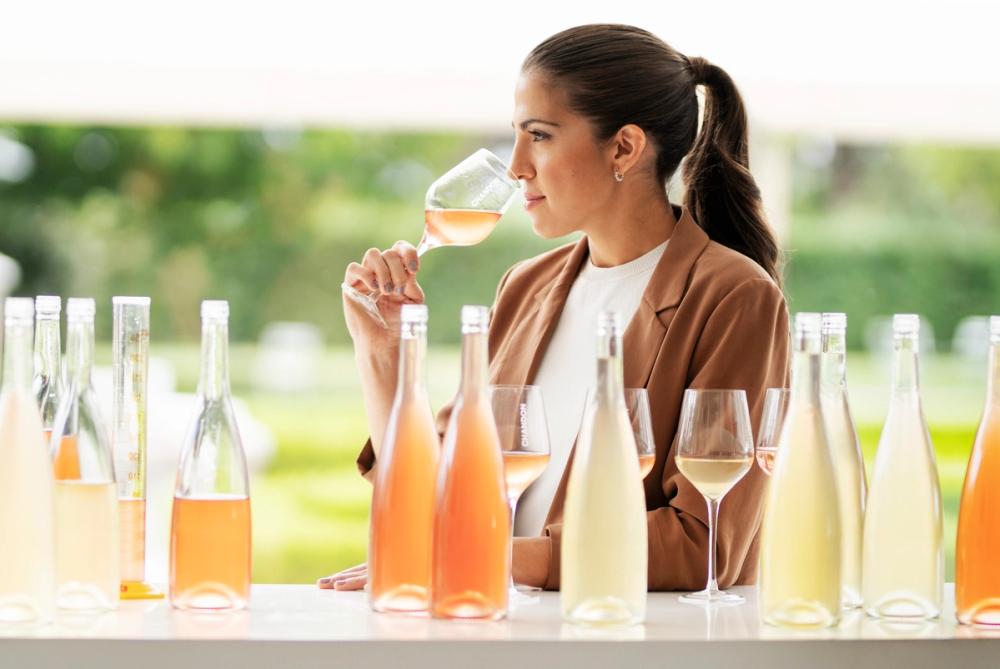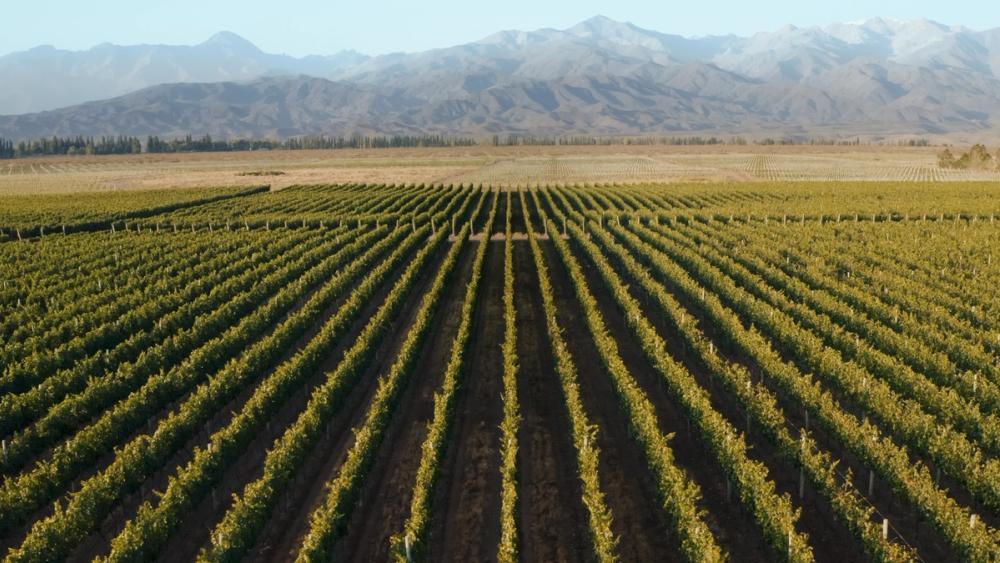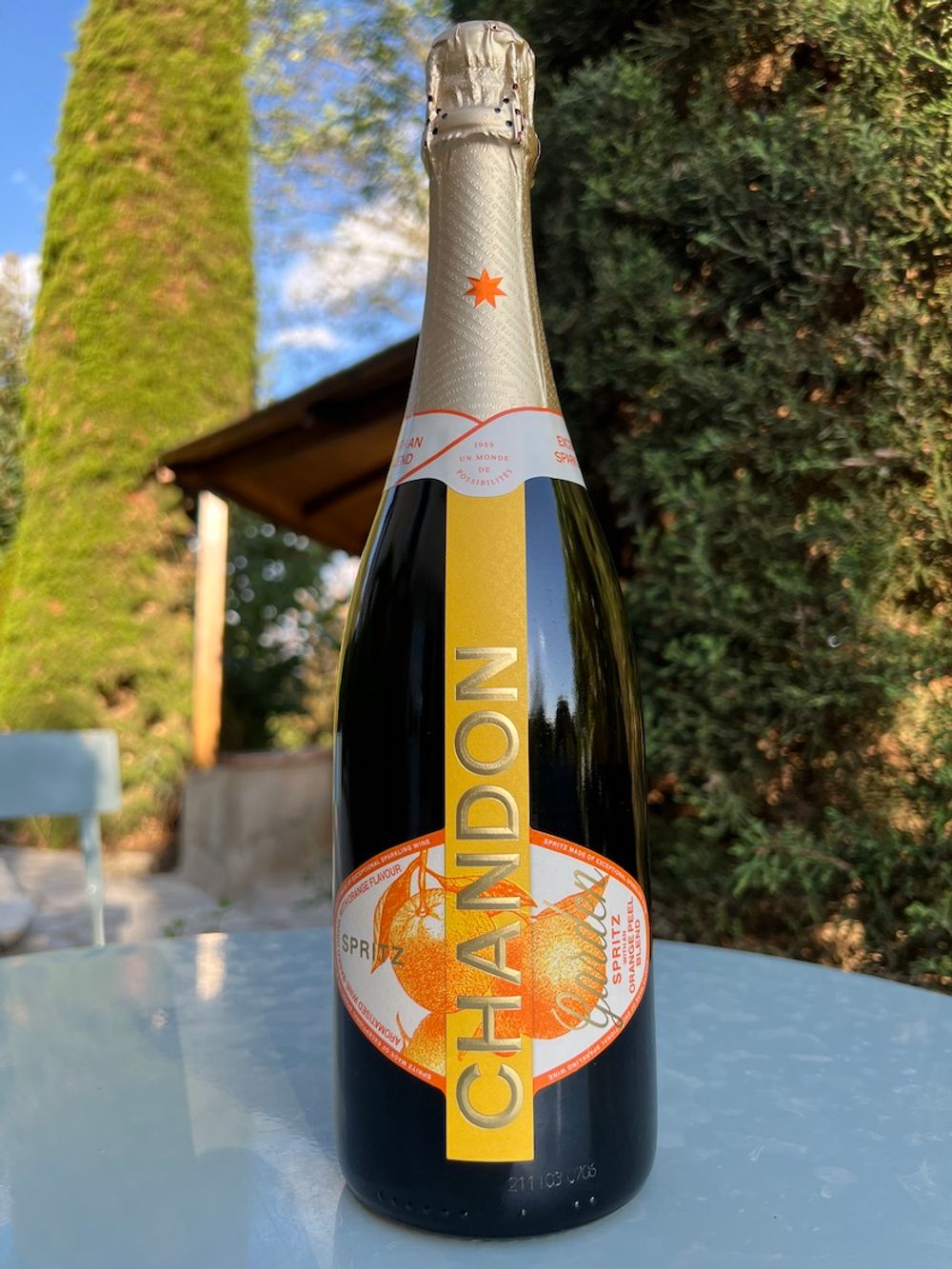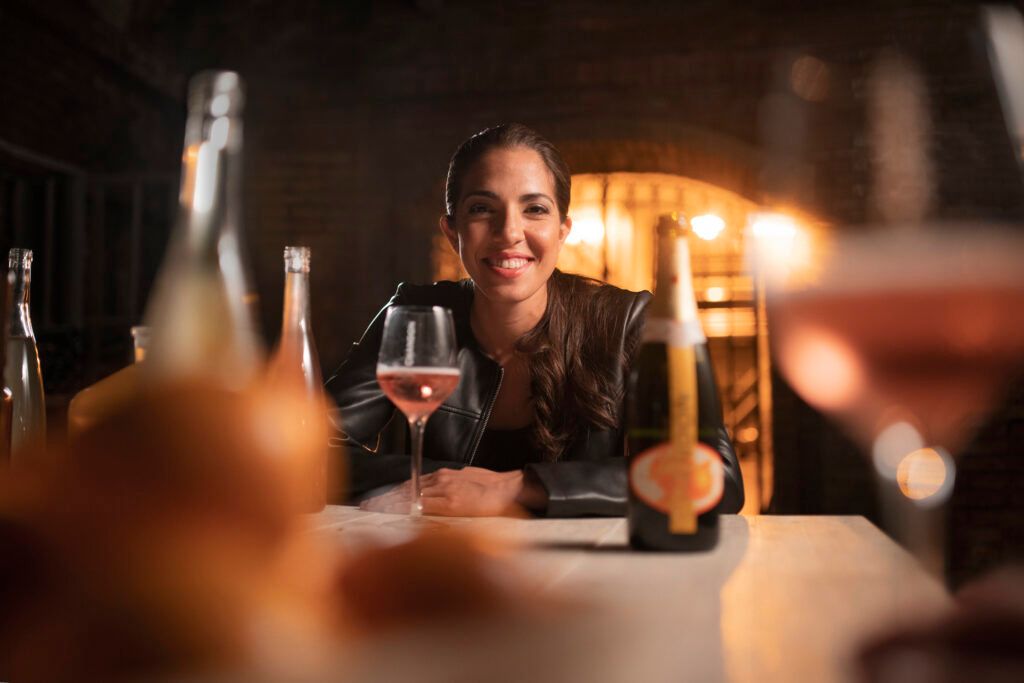“We studied and processed the oranges as if they were grapes. Our main challenge was to choose the orange variety and the best time to harvest them at their best level of ripeness and sweetness,” says Ana Paula Bartolucci.

Ana Paula Bartolucci: a four year quest
Tell us a bit about yourself – where you studied oenology, who you’ve worked for previously etc
Mendoza is a very traditional winemaking region, and we are very used to living surrounded by vineyards and cellars – as such, the culture of the province is influenced by winemaking. When I finished high school and I had to choose what to study, one of my options was winemaking, so I asked my father for some advice. He has lot of friends in the wine industry, and he asked one of them if he could receive me for an internship in his cellar, 60 kilometres from Chandon winery. That’s when I fell in love with winemaking.
I studied Enology at the Don Bosco University, one of the most prestigious establishments in Argentina, where I discovered the immense opportunity that the sparkling wine industry could offer. When I was 21 years old, I undertook my first winery internship before travelling to South Africa and Spain to broaden my horizons.
When did you join Chandon and how do you fit in with the existing team?
I’ve been working for Chandon Argentina for five years now, having joined Chandon’s winemaking team in 2017 after a few years abroad. It was my first job and I am so grateful that the team challenged me from the beginning to disrupt the world of sparkling wines and drinks! At Chandon, we claim to “open a world of opportunity in wines and flavours”, and that is exactly what we did with Garden Spritz.
I felt so proud of myself when the team decided that I was “the one”, it was a natural fit. Furthermore, I’m the first female winemaker in 60 years at Chandon, Argentina!
How do you split your responsibilities between being the winemaker and part of the research and development team?
Chandon is one of the most important brands in Argentina. I do not work on my own – I am part of a very talented winemaking team which collectively takes care of every step of the winemaking process from harvesting to vinification, bottling and even communication. Half of our brains are dedicated to crafting our current sparkling wines catalogue and the other half is focused on creating new sparkling wines and drinks.
When we are sure about one, we don’t hesitate but go on to complete the research and make it real, so we can share it with the international teams, and determine if the new development is a ‘go’ or not.
Describe what a working week looks like
We have a very precise calendar at the winery dictated by the vine cycle, and in the case of Garden Spritz, the orange cycle! We usually meet on Monday morning for a team meeting, reviewing priorities and achievements expected for the week, the months and so on.
We present the results of our innovation trials to the whole team, taste together and define the improvements that should be made. Indeed, tasting is at the heart of our creativity process; You need to fall in love with the wine before presenting trustfully to our internal teams and then consumers. For example, with Garden Spritz, it took us four years of investigation and 64 proposals before we were ready to release our recipe.
How many different projects are you working on at any one time?
We streamline our innovation portfolio with the winemaking and estate teams in Mendoza, and also with our global team based in Paris. We focus on the recipes that seem the most appealing in term of taste but also consumer needs. We are always creating but within a frame to remain true to our mission: “to craft exceptional sparkling wines and experiences revealing the essence of our terroir”.

Inspired by the Argentine love of bitterness
What was the brief for Garden Spritz?
Our initial idea was to craft the most natural spritz. They are usually made by blending a bitter liqueur such as Aperol, Campari, Cynar with 70% of sparkling wine and a dash of soda water. For Chandon Garden Spritz, we wanted to propose a new bubble aperitif based on our blend-mastering not only of sparkling wine but of the most natural orange bitter liqueur.
My inspiration was my grandma’s recipe of “Orangecello” and of her beautiful garden where she picked her own fresh fruits. My quest was to find the best oranges, spices and herbs – a quest which ended up being the heart of my work for the last four years. I was confident of our base sparkling wine, Chandon brut which is made at our Mendoza winery; But for the homemade orange-bitter liqueur, we were convinced from scratch that we had to select the most authentic and natural Valencia oranges, here in Argentina, and the best selection of herbs and spices.
Talk us through the process
First of all, we produce a high-quality grape-based wine made with Chardonnay, Pinot Noir and Semillon. At the same time, we craft our natural recipe for the unique liqueur. For this recipe, we receive the locally-sourced organic oranges at the winery, and process them ourselves. It’s an artisanal process, where we can achieve the best quality in every part of it. We peel the oranges, and obtain fresh peels, and dried peels. Then we macerate them in alcohol that we obtain from our wines. It took us months to select a sustainable farm that has not used pesticides on its oranges for decades. That was important to us because we’re only using the peels and we wanted to craft the most authentic and natural spritz.
In parallel, we macerate all the spices, herbs, and natural ingredients, in different concentrations of alcohol, from six weeks up to six months, to obtain the best extraction of each one. When the maceration process of each ingredient is ready, we carefully blend them crafting our final liqueur and add to our Chandon brut just before bottling. It is a secret artisanal recipe, with no artificial colours and no artificial aromas, made with half the sugar of a regular spritz. It is ready to serve, ready to share – ideally drench it over ice with a sliver of dried orange and a sprig of rosemary for the perfect authentic summer serve.
What flavour profile were you trying to achieve and why?
It was inspired by our well-known Argentine penchant for moreish bitter flavors such as Yerba Maté (tea) and Fernet. With the 64th recipe, the final one, I made it stronger. I wanted enough bitterness to invite you to taste again – the tonic effect. We tasted blind and that was it. Number 64 was the one.
It is a great success here, and we feel very proud that it is already becoming a contemporary classic for Argentineans.

Established in 1959, Chandon has wineries in Argentina, California, Brazil, Australia, China and India.
Was this the first time that you have created a drink with the addition of another fruit other than grapes?
Yes, but for Garden Spritz, at first, we tried with different fruits… but I have to say that Argentina produces oranges of an incredible quality, it was a natural fit and an obvious decision to make.
What were the difficulties with that and how did you overcome them?
We studied and processed the oranges as if they were grapes. Our main challenge was to choose the orange variety and the best time to harvest them at their best level of ripeness and sweetness.
Then, we created a lot of different proposals to finally obtain ‘the one’. The most difficult part of the process has been to blend all the spices and the oranges and find the perfect balance. It is a very sensitive, precise work; If you put two drops more of any of the ingredients, the bitter liqueur is unbalanced. This is what I really enjoyed most during the whole creative process – the opportunity to fine tune and finally present the best proposal.
Are there plans to produce more spritzes?
For years we worked through so many proposals that weren’t quite right. So, as you see, it takes time and lot of trials to release a new recipe. My goal for the coming months is to make sure we continue crafting Chandon Garden Spritz by sourcing the best ingredients. Even if I always try new recipes and ideas in the lab, we do not intend to release any for the moment.
Putting Chandon Garden Spritz to the taste test…

Influenced by the Argentine love of bitterness Chandon Garden Spritz has the sugar balance just about right – sweet enough to give it mass appeal as a light summer serve as well as having a bitter twang – the result of excellent provenance with its sourcing of the citrus fruit. I shared a bottle, poured over ice, with friends not in the wine trade and we all gave it the thumbs up. Very approachable, moreish and easy to drink – it is a wine that will get its staunch advocates and will make an interesting by-the-glass food pairing option for sommeliers – think red mullet salad with an orange vinaigrette.









































